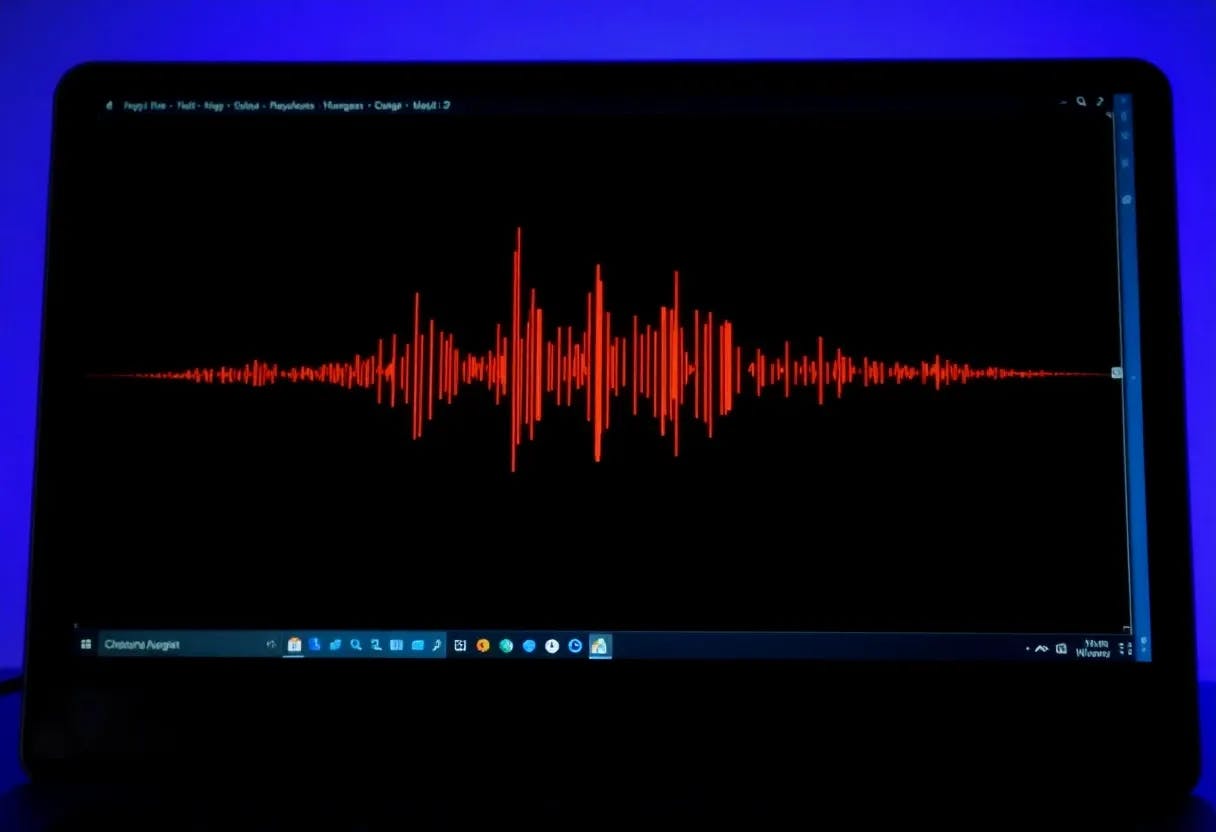Table of Links
2. Preliminaries and 2.1. Blind deconvolution
2.2. Quadratic neural networks
3.1. Time domain quadratic convolutional filter
3.2. Superiority of cyclic features extraction by QCNN
3.3. Frequency domain linear filter with envelope spectrum objective function
3.4. Integral optimization with uncertainty-aware weighing scheme
4. Computational experiments
4.1. Experimental configurations
4.3. Case study 2: JNU dataset
4.4. Case study 3: HIT dataset
5. Computational experiments
5.2. Classification results on various noise conditions
5.3. Employing ClassBD to deep learning classifiers
5.4. Employing ClassBD to machine learning classifiers
5.5. Feature extraction ability of quadratic and conventional networks
5.6. Comparison of ClassBD filters
3.3. Frequency domain linear filter with envelope spectrum objective function
In our framework, the frequency domain filter serves as an auxiliary module, and it is endowed with the capability to directly manipulate the signal’s frequency domain. The main idea involves the utilization of the neural network as a filter within the frequency domain, facilitated by the Fourier transform. This approach is commonly referred to as Fourier neural networks [63, 64].

According to the Convolution Theorem, the convolution of two time-domain data is equivalent to the inner product in their Fourier transform domain [1]. Such that, a frequency filter employs a linear operation to filter the signal within the frequency domain, thereby substituting the convolution operation in the time domain. Consequently, it is reasonable to utilize a fully-connected neural network for the implementation of the frequency filter:

Subsequently, the envelope is defined as the absolute value of 𝑧(𝑛), and the ES is the Fourier frequency spectrum of the envelope:

Authors:
(1) Jing-Xiao Liao, Department of Industrial and Systems Engineering, The Hong Kong Polytechnic University, Hong Kong, Special Administrative Region of China and School of Instrumentation Science and Engineering, Harbin Institute of Technology, Harbin, China;
(2) Chao He, School of Mechanical, Electronic and Control Engineering, Beijing Jiaotong University, Beijing, China;
(3) Jipu Li, Department of Industrial and Systems Engineering, The Hong Kong Polytechnic University, Hong Kong, Special Administrative Region of China;
(4) Jinwei Sun, School of Instrumentation Science and Engineering, Harbin Institute of Technology, Harbin, China;
(5) Shiping Zhang (Corresponding author), School of Instrumentation Science and Engineering, Harbin Institute of Technology, Harbin, China;
(6) Xiaoge Zhang (Corresponding author), Department of Industrial and Systems Engineering, The Hong Kong Polytechnic University, Hong Kong, Special Administrative Region of China.
This paper is available on arxiv under CC by 4.0 Deed (Attribution 4.0 International) license.
[1] https://en.wikipedia.org/wiki/Convolution_theorem

